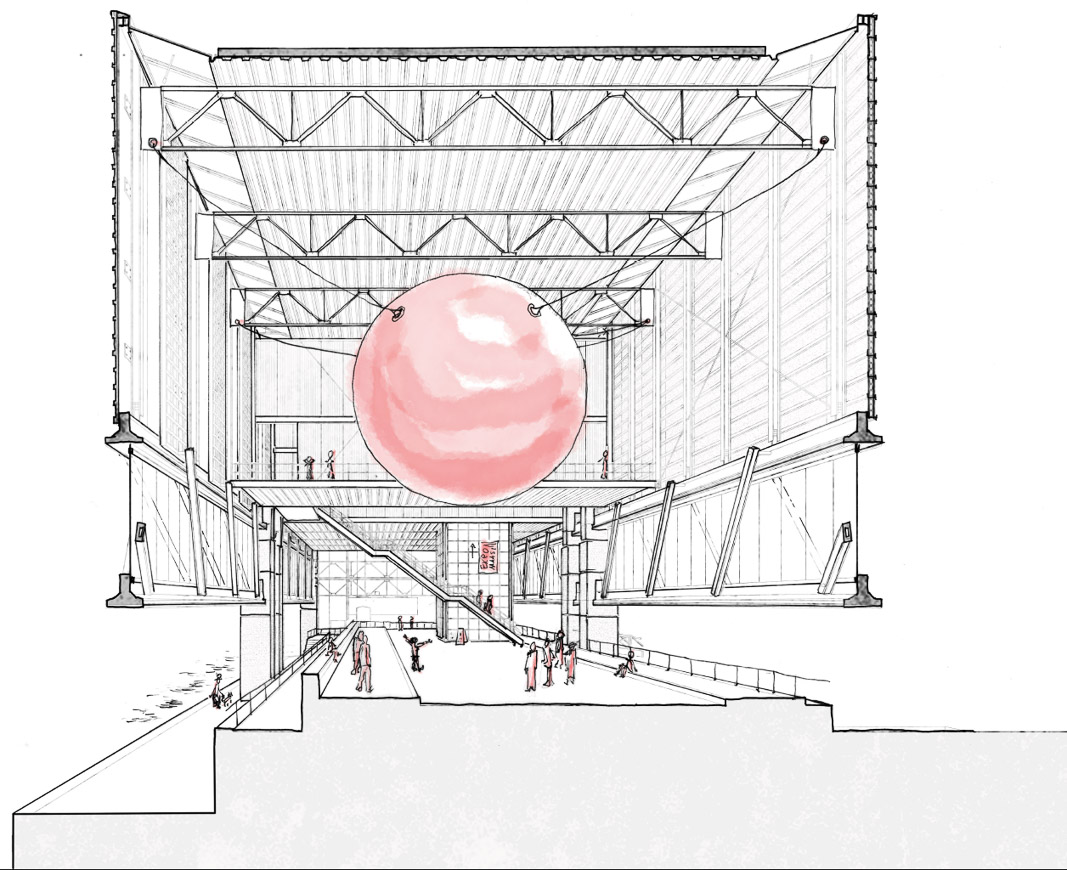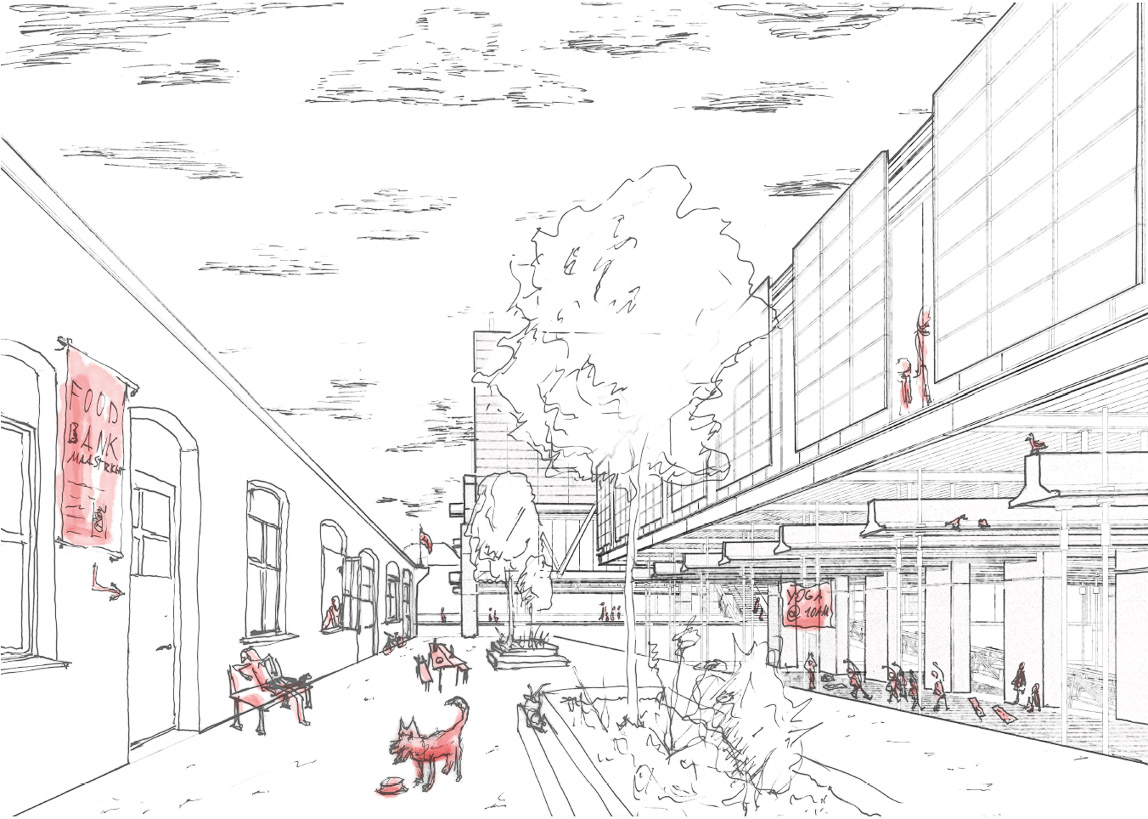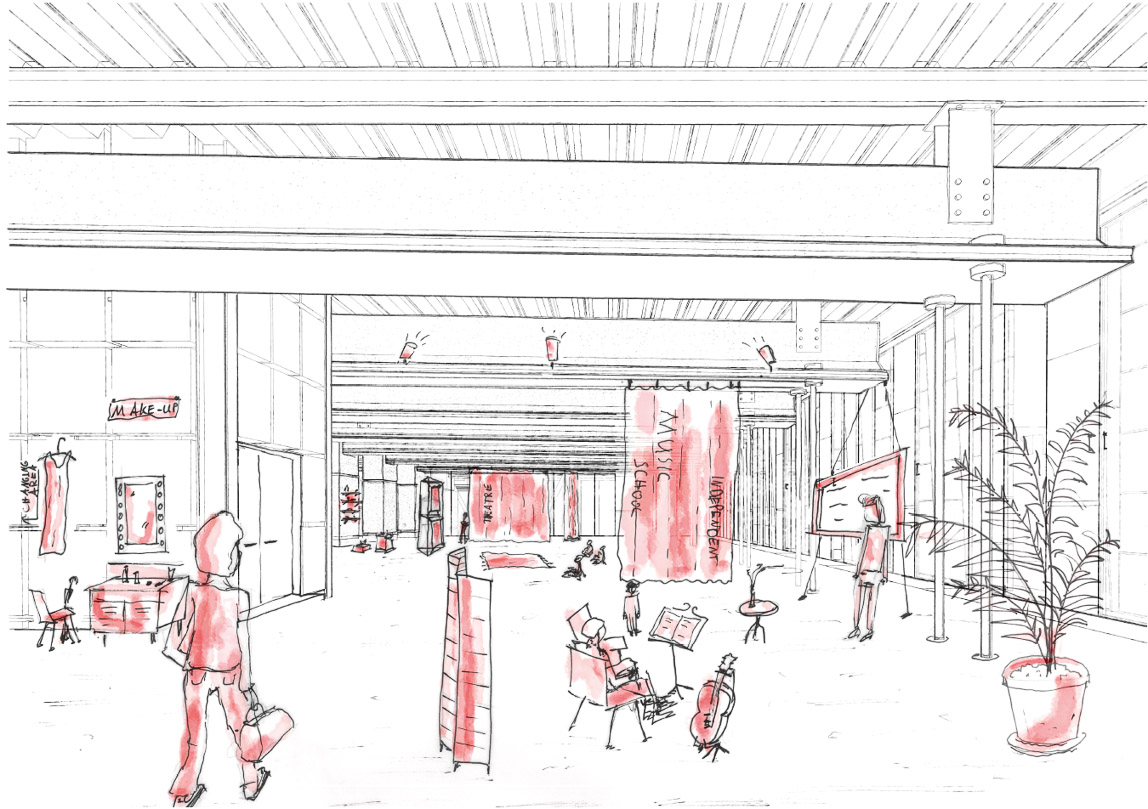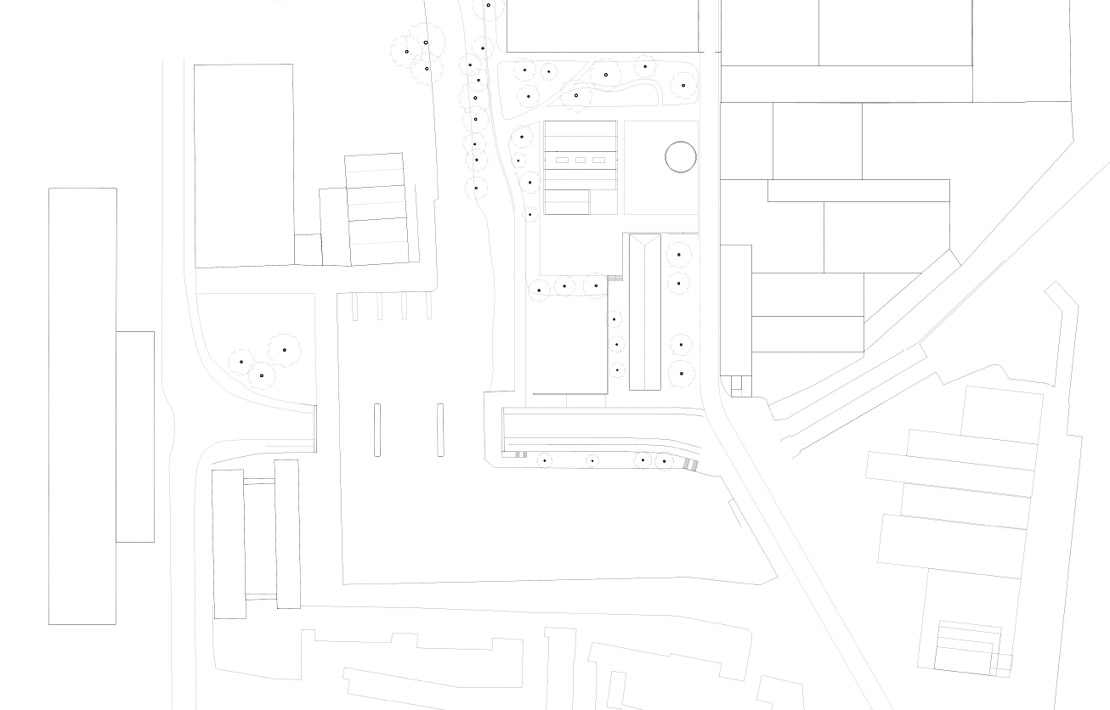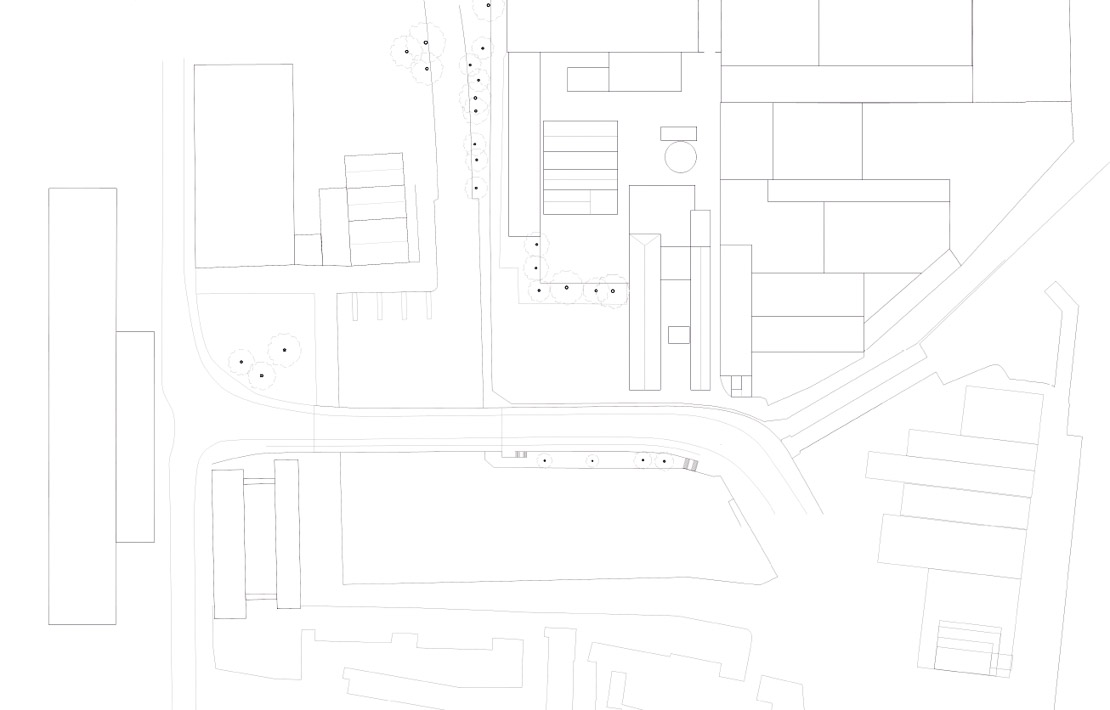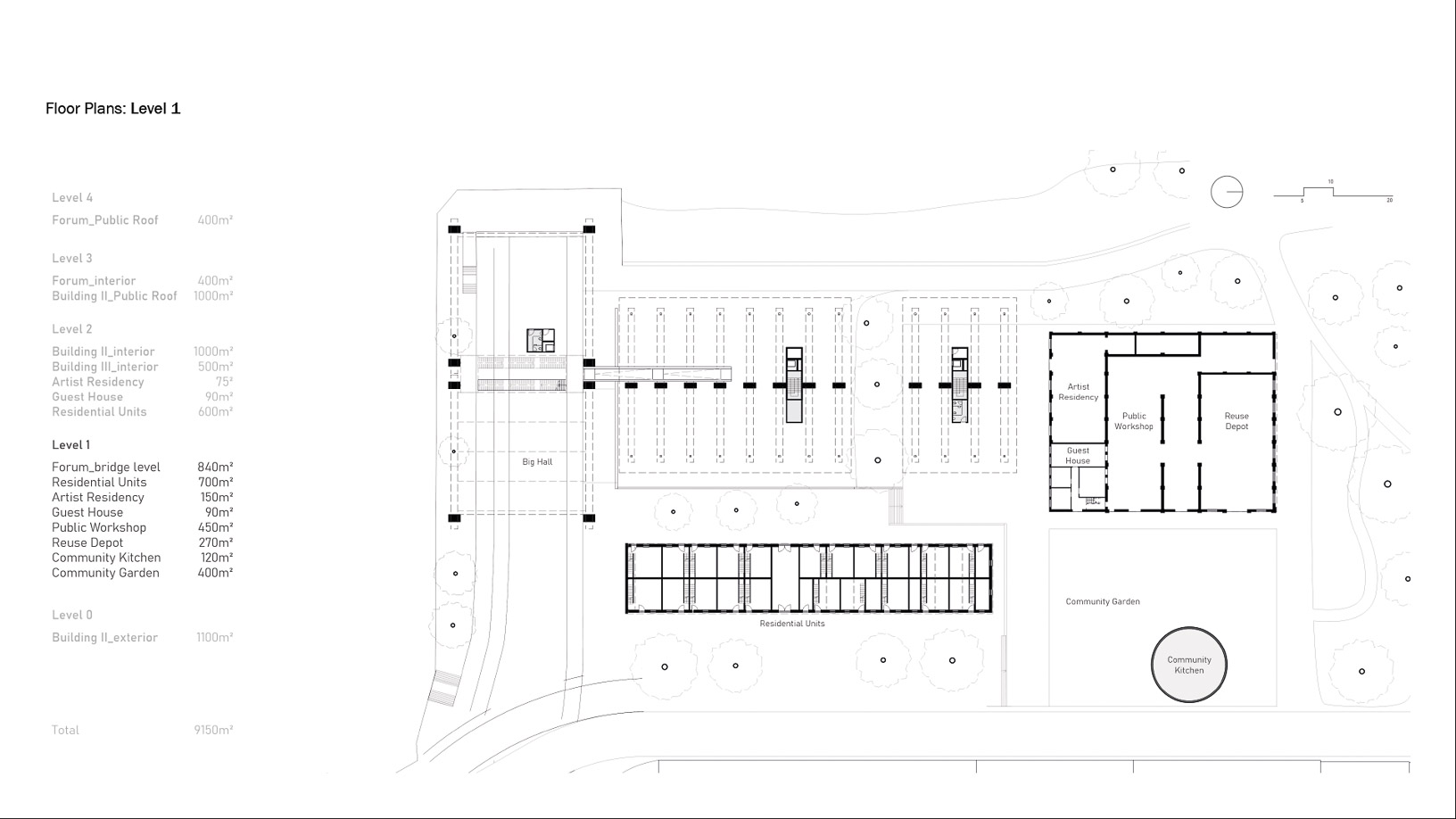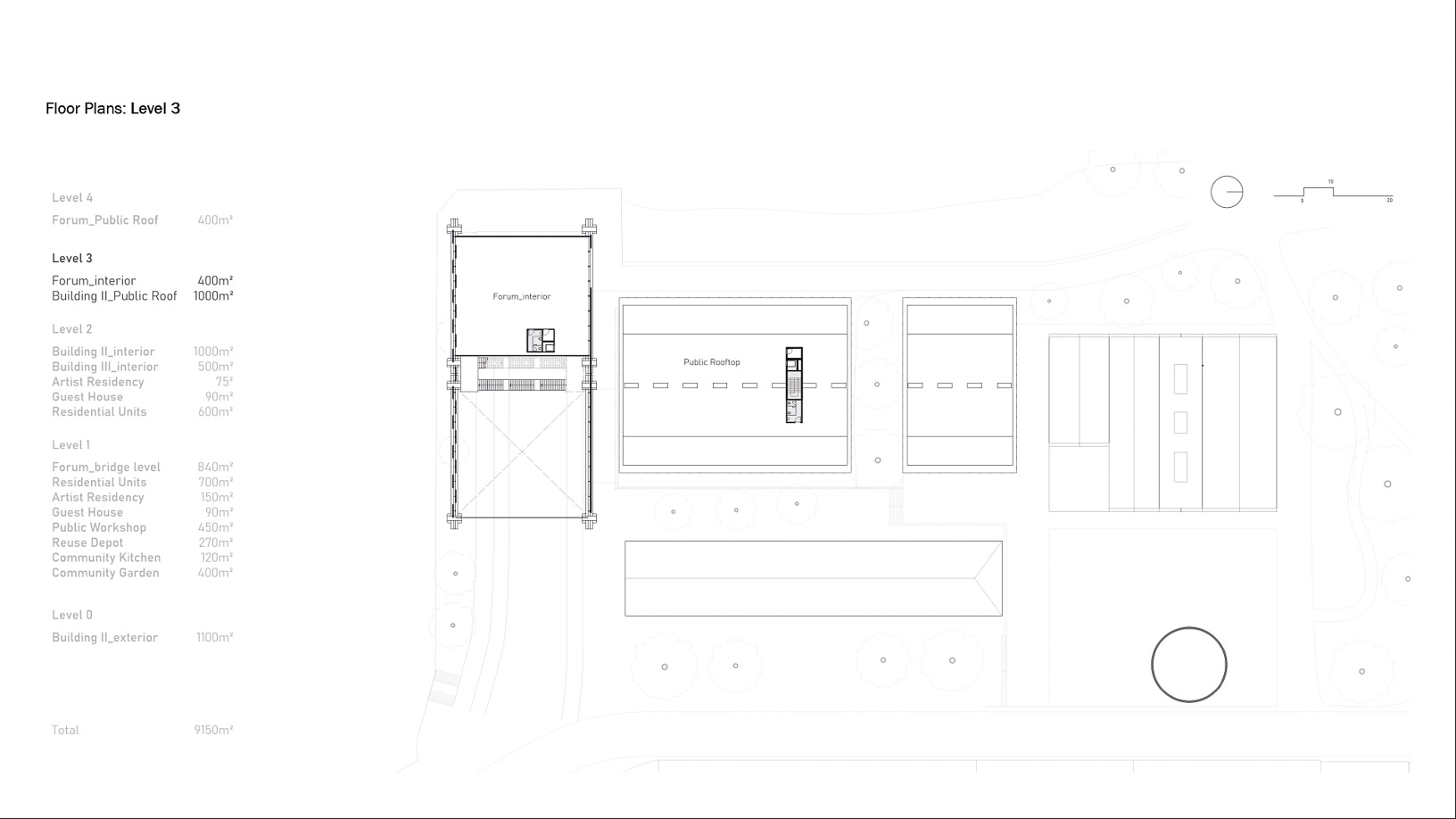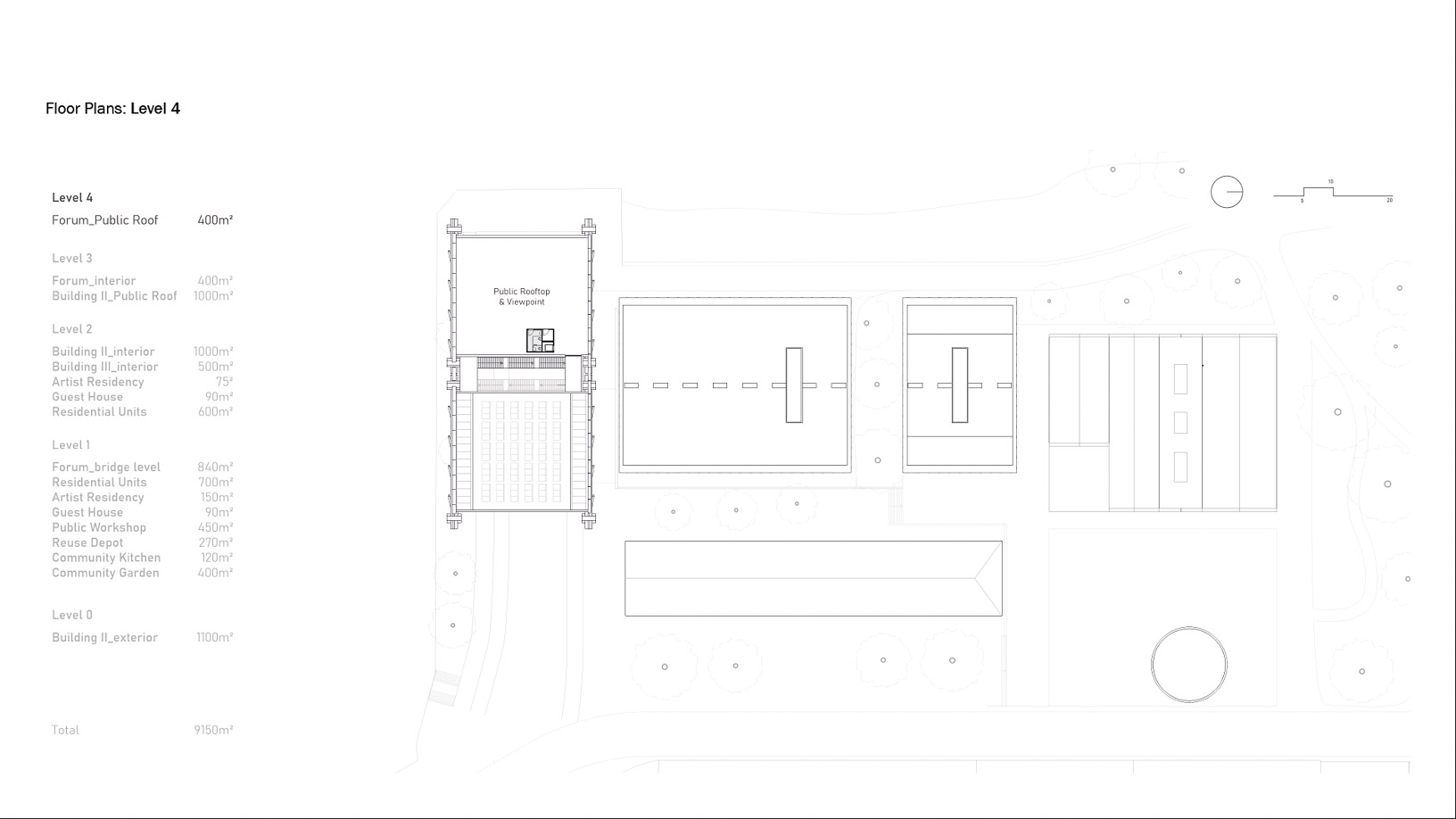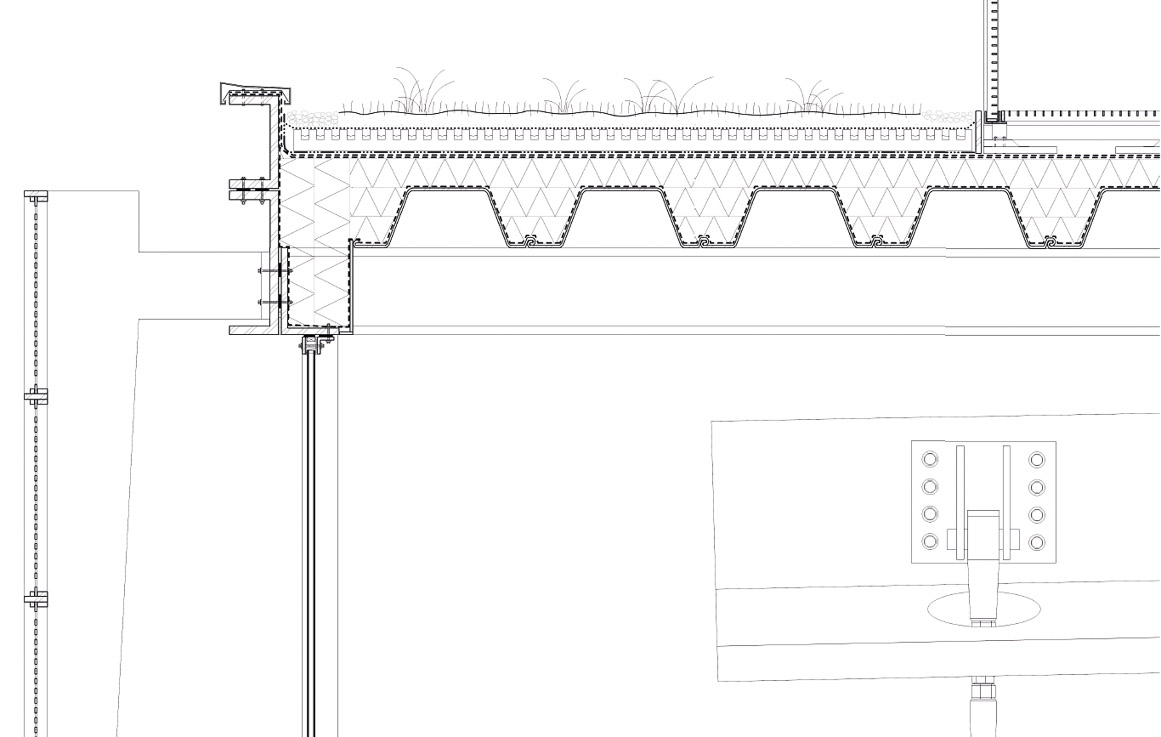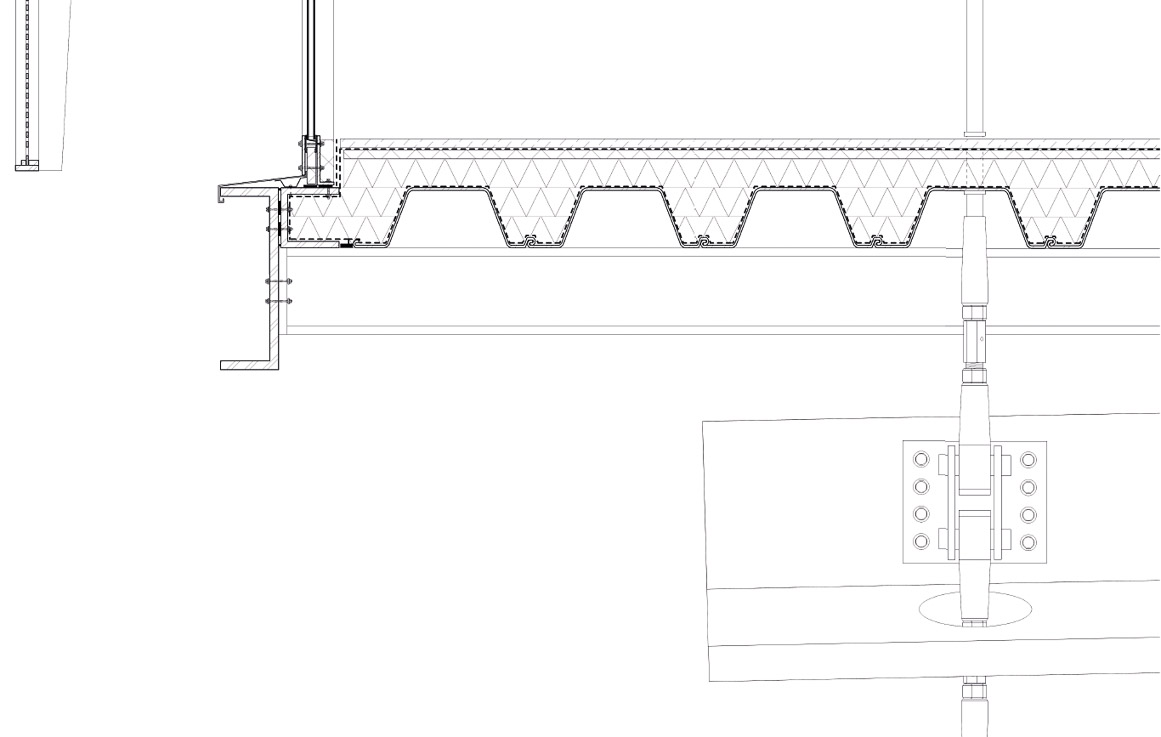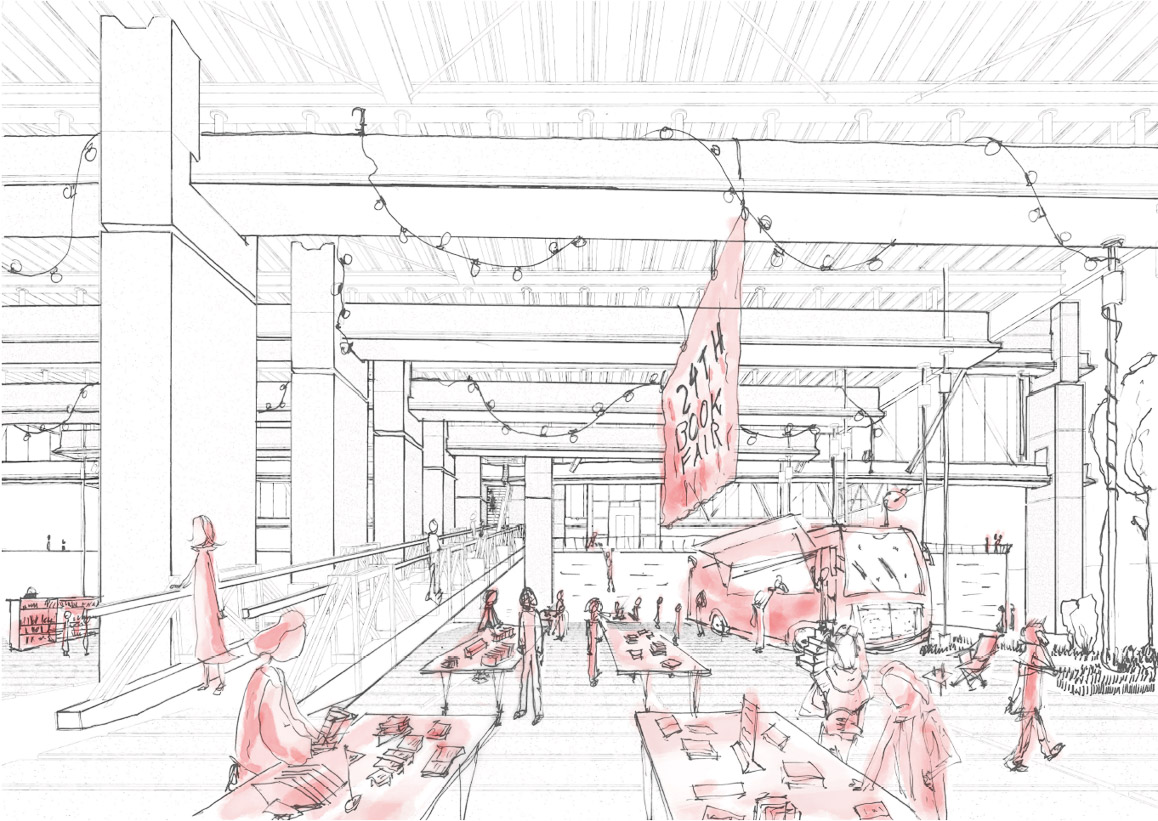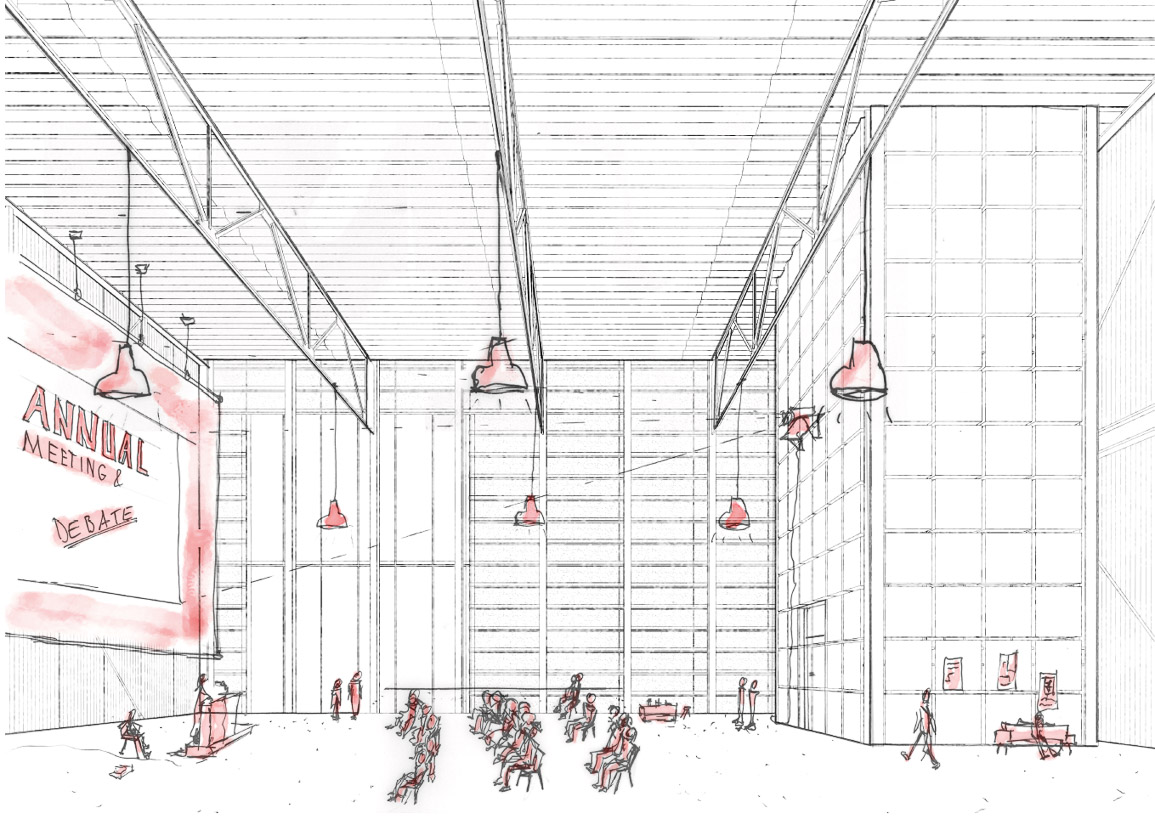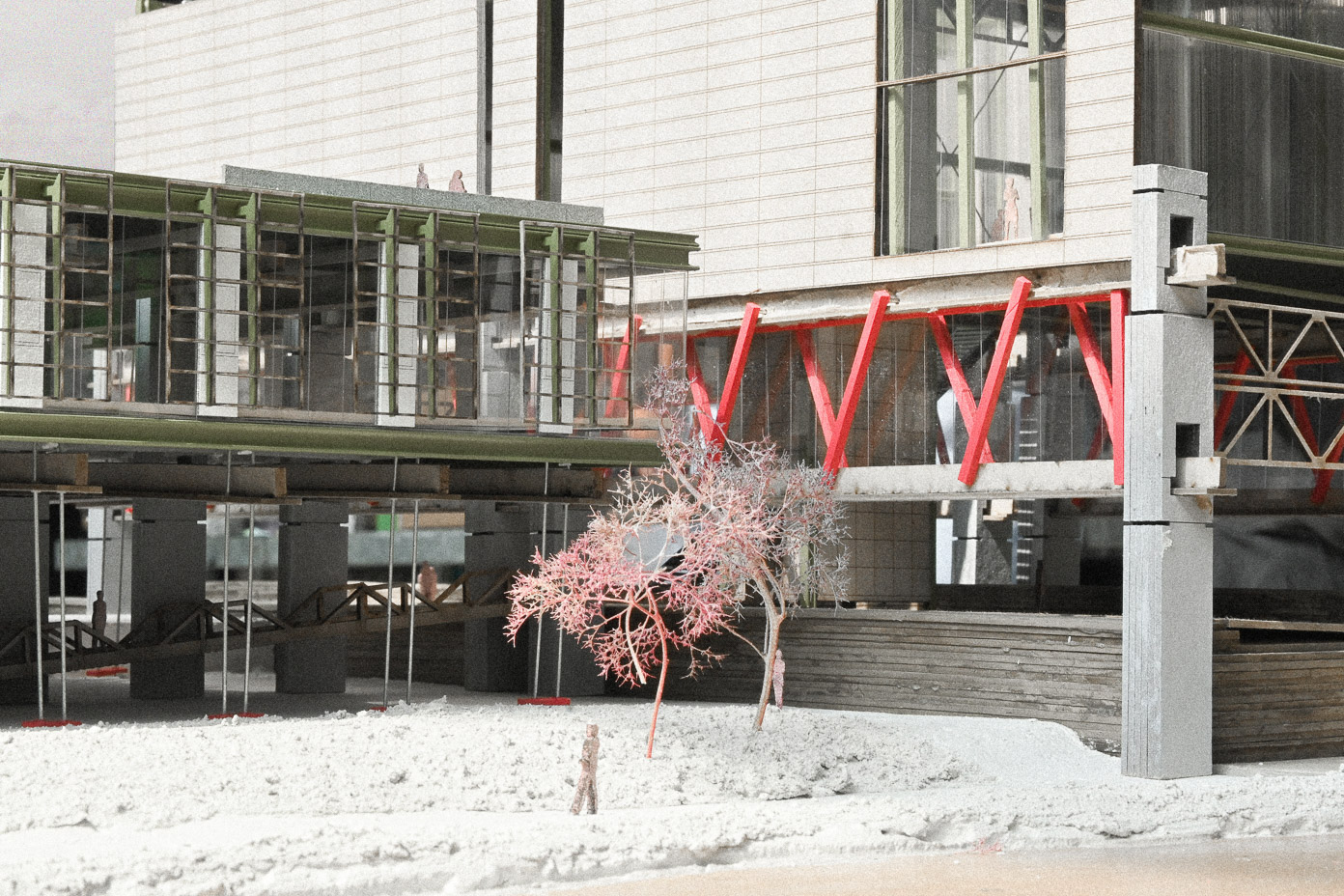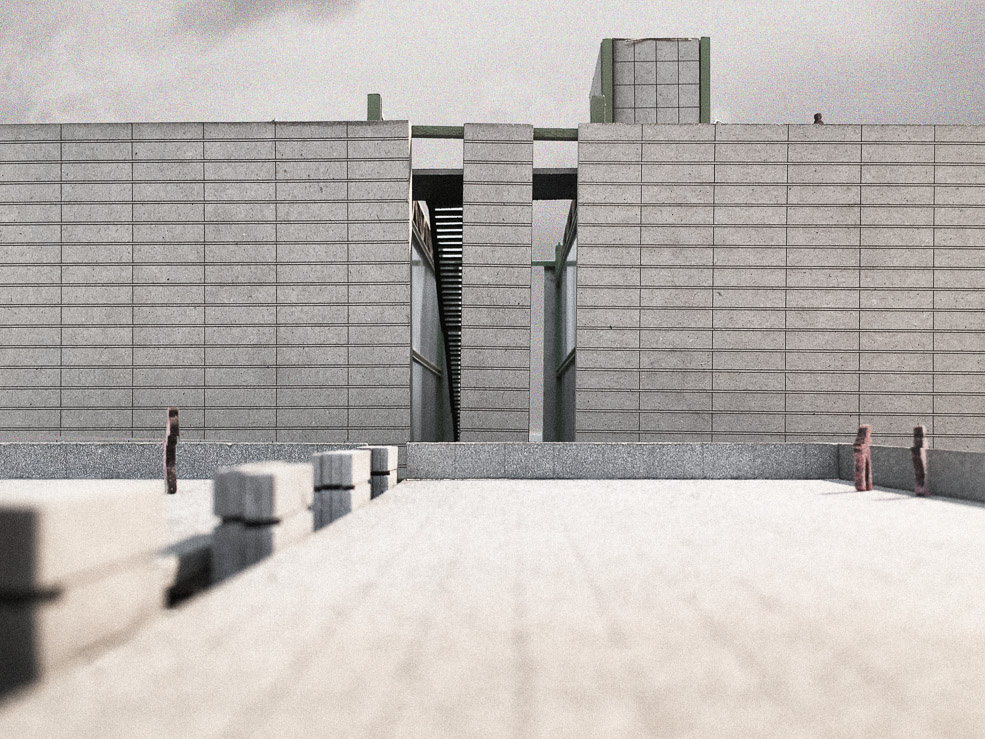2022
Urban Architecture Graduation Studio, TU Delft
Project Location: Maastricht, The Netherland
Imagining urban transformation in Maastricht through localized material reuse and citizen empowerment
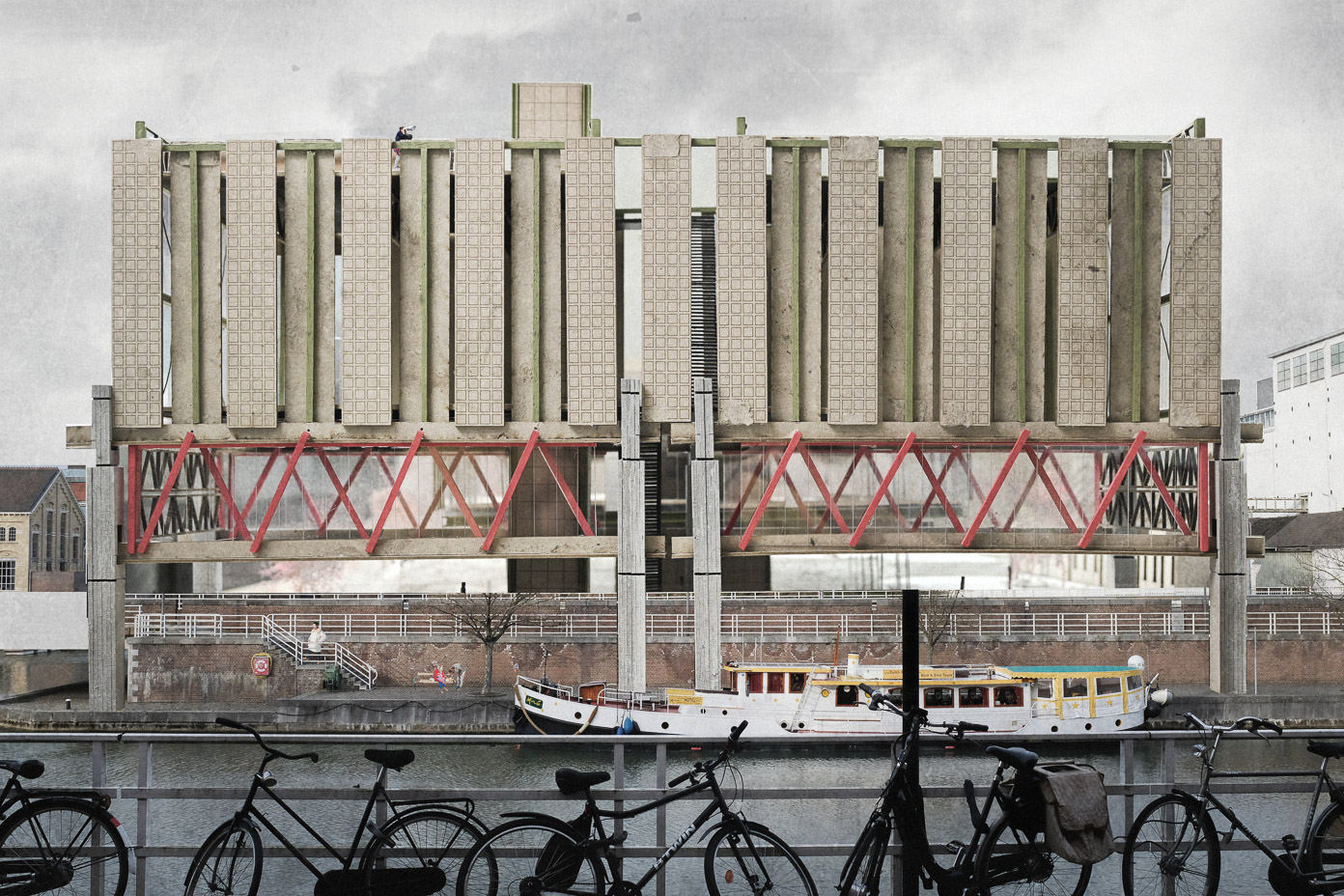
Across industrial cities in Europe, the decline of production in the past century had led to entire districts becoming neglected, many of which are now ,in return, the most attractive for redevelopment. Urban Paraphrasis seeks an alternative path to Tabula Rasa urbanism these districts face, in which social and ecological sustainability are achieved by working with the city at hand.
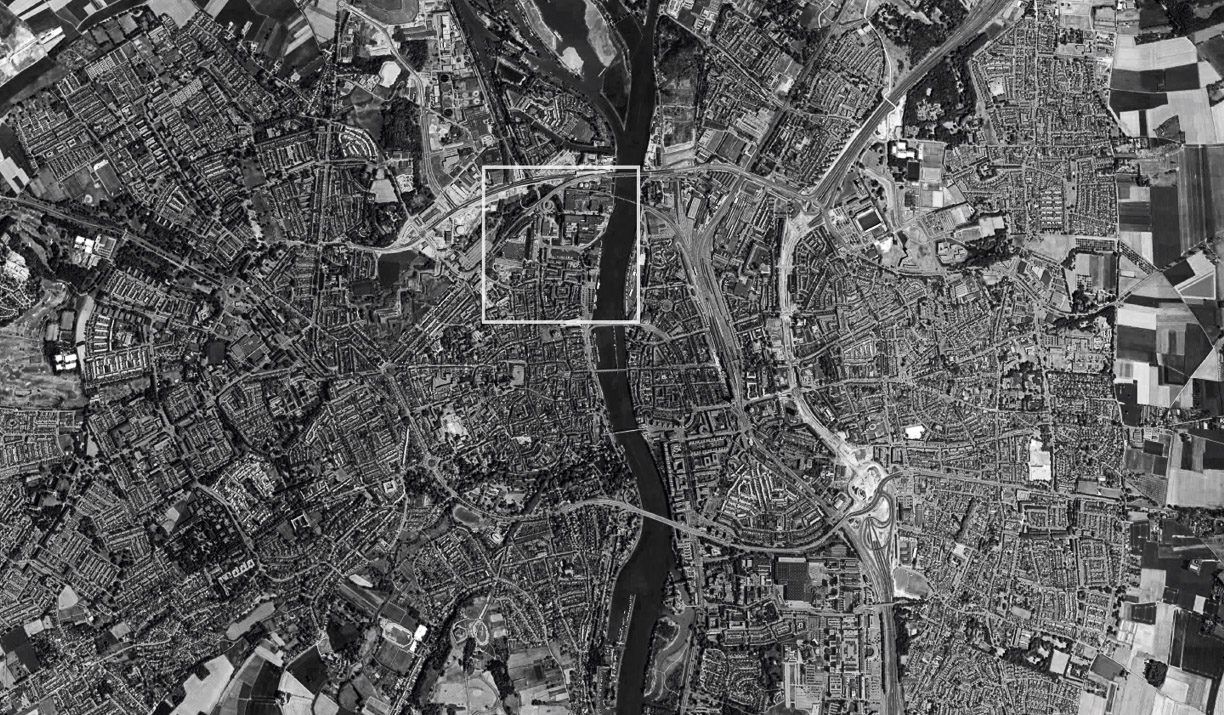
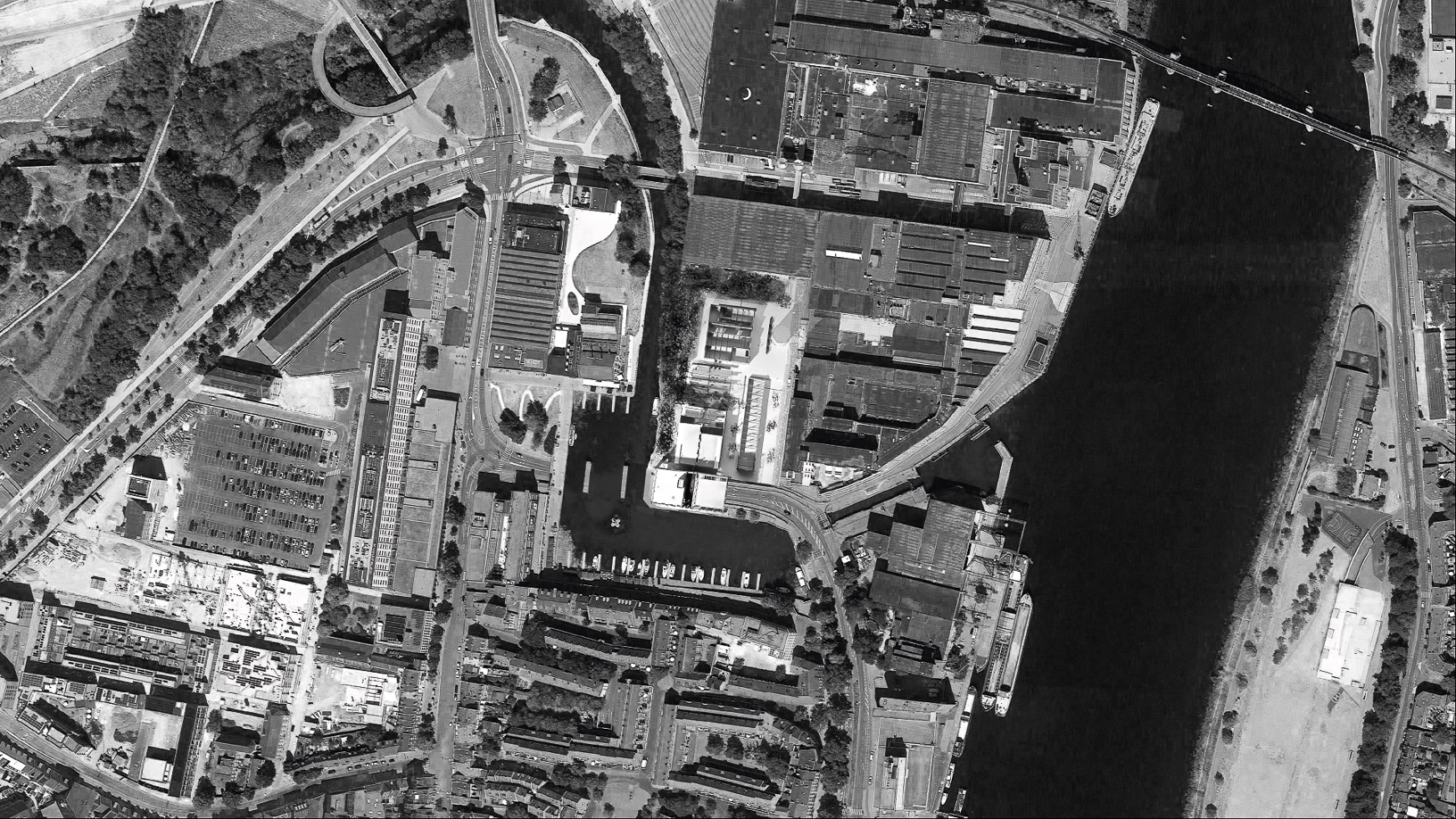
Embedded into a larger urban strategy, the project imagines urban transformation through the potential of localized material re-use and the capacities of citizen empowerment in the context of Maastricht’s Sphinxkwartier. The proposal is a mixed-use civic center that is constructed with reclaimed materials from an abandoned clay factory, engages a local community of squatters, and is built among a former factory site with vacant industrial structures and the remains of a bridge.
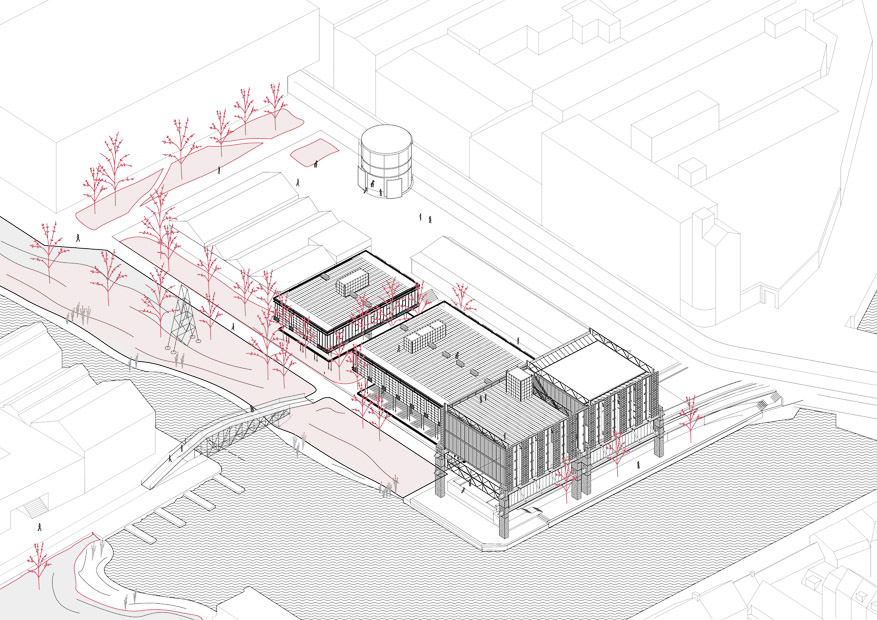

Urban Paraphrasis is not imagined as a project with a certain moment of completion. In fact, there is also no clear beginning to it.
While the proposal engages existing material and immaterial resources from the site, it also already exists in the past – simply in other formations (e.g. a bridge for cars becomes a plinth and concrete beams). Certain stages are highlighted in an attempt to communicate the intention, however incremental construction, appropriation by residents and modification possibilities for unforeseen futures are likewise part of the design.
The resulting architectural intervention is also a visual/spatial demonstration of transitional moments and collective memory of the urban site within the Sphinxkwartier.

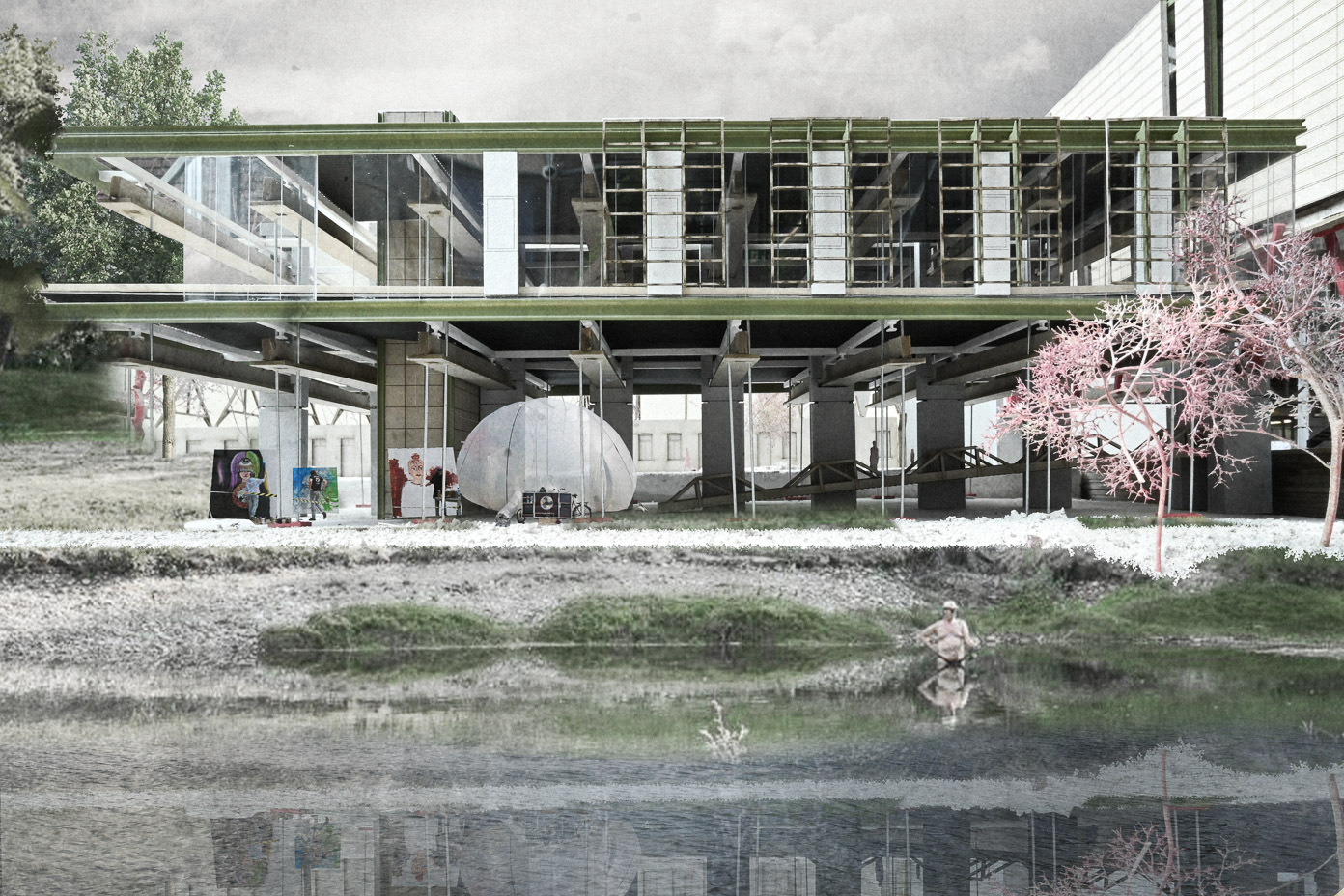

Current practice in the built environment tends to realize urban transformation through fixed master plans that are expressed through architecture as static elements. In Urban Paraphrasis, sustainability also means fluidity, and through this more space for projects as processes going through trial and error.
This project embraces the uncertainty of the future but proposes an intervention with very tangible, spatial outcomes along the way.
